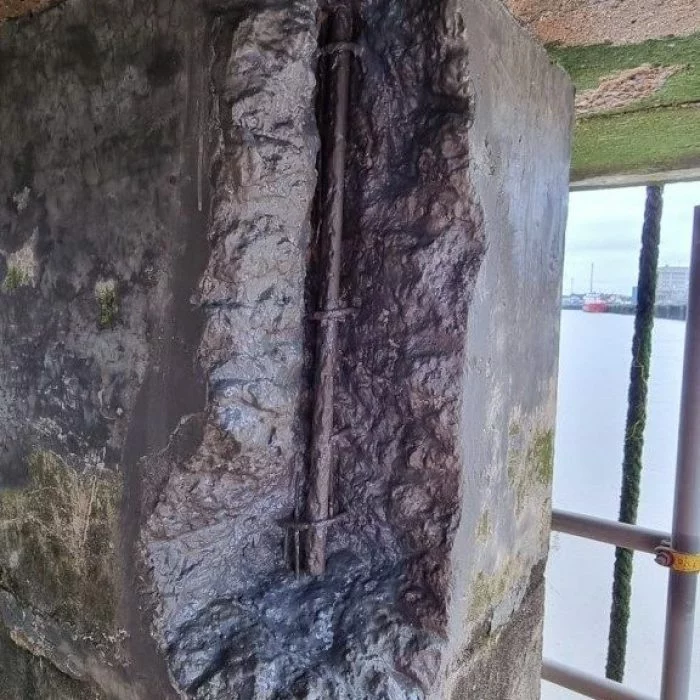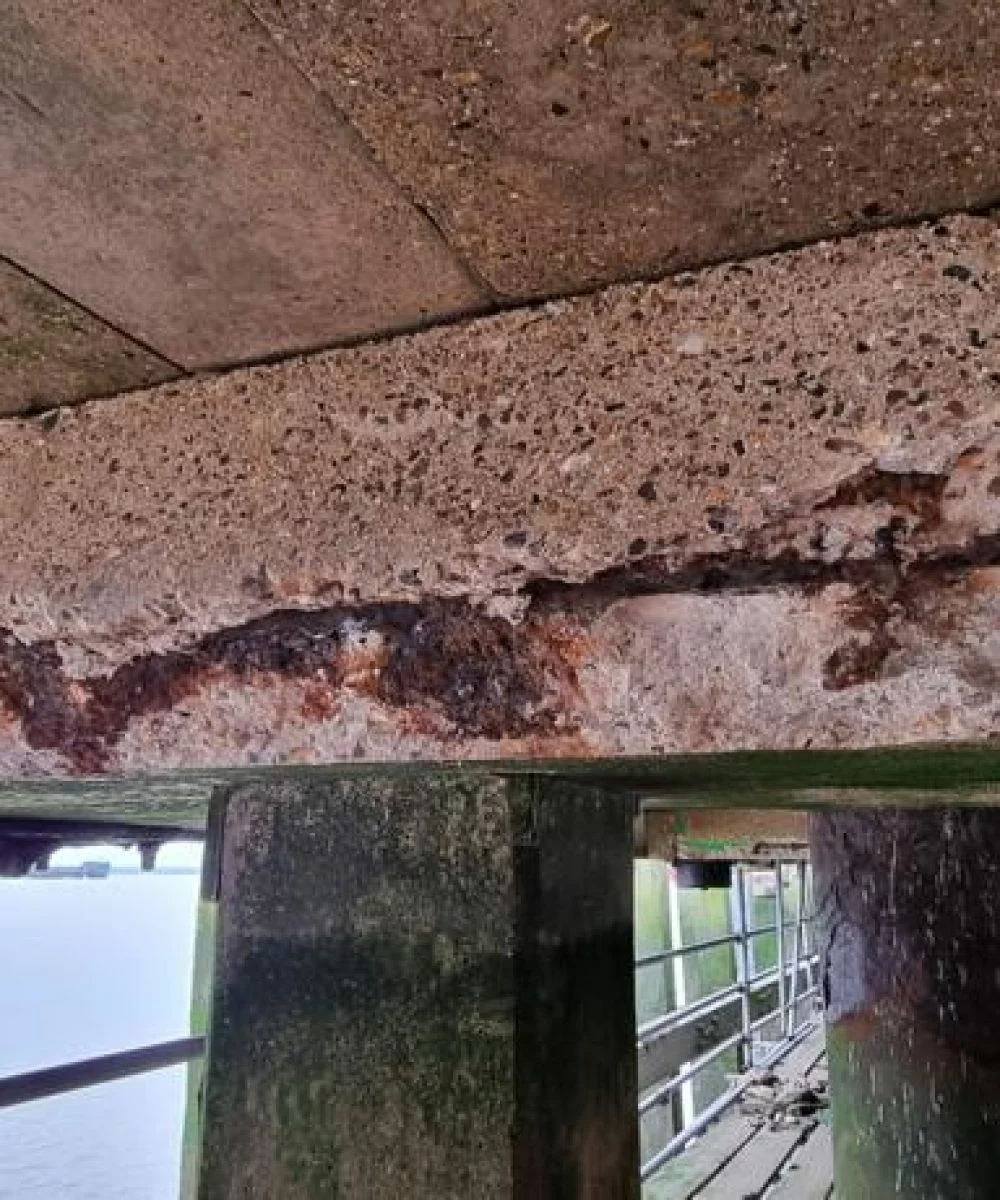Concrete Delamination Service
What Is Concrete Delamination?
Concrete delamination is the process which occurs when the top layer of a concrete slab separates from the rest of the slab’s body.
This is a problem which occurs with trowelled concrete and often takes place during either early spring or late fall given that delamination is driven by rising daytime temperatures.
Concrete delamination is likewise common on concrete which has been placed on cool subgrades.
Although it’s likely to occur due to daytime temperatures, it may nonetheless happen at other times and due to other reasons too.
The characteristics of a slab of concrete and the finishes which were applied to it are further reasons which may cause delamination.

What Causes the problem?
Delamination of concrete can be caused by many factors, but the most common cause of delamination is the corrosion of reinforcing steel.
When the steel corrodes, it expands and exerts pressure on the concrete, causing it to crack and flake off.
Another common cause is improper curing.
When concrete is poured, the water in it starts to evaporate.
This evaporation causes the concrete to shrink.
If the concrete is not properly cured, it will shrink too much and delaminate.
Improper curing is often the result of not enough water being used in the mix, or not enough curing time being allowed.
Other causes of delamination can be poor quality aggregate or freezing and thawing cycles if the concrete is not protected from the elements.
One common cause of delamination is the use of de-icing salts on concrete walkways and driveways.
The salts penetrate the concrete and break down the bonds between the concrete and the aggregate.
This can cause the surface of the concrete to flake off.
Delamination can also occur if the surface of the concrete is not smooth.
If there are voids or honeycombs on the surface, the delamination will start at those points.
Once delamination starts, it can spread quickly across the surface of the concrete.
If left unchecked, it can cause the concrete to crumble and fail.
How To Avoid It?
There are a few ways to avoid concrete delamination
- Use a low water-to-cement ratio.
- Use a high-quality concrete mix.
- Place the concrete mix evenly and compact it properly.
- Cure the concrete properly.
Common causes can be avoided with proper attention to detail during the construction process.
The water to cement ratio is the most important factor in the strength and durability of concrete.
Too much water in the mix will cause the concrete to be weak and susceptible to delaminations.
It is also important to compact the concrete properly.
This can be done with a hand tamper or a plate compactor.
Be sure to compact the concrete evenly to avoid any voids or pockets that could lead to delaminations.
You also do not want to use de-icing salts on the concrete during or after construction.
De-icing salts can cause the concrete to delaminate and crumble.
If you must use them, be sure to rinse the concrete thoroughly with clean water afterwards.

Is it easy to repair?
If you have a concrete delamination problem, it is important to have it repaired as soon as possible to prevent further damage to the concrete.
There are a few different methods that can be used to repair delamination.
The best method will depend on the severity of the delamination and the cause of the problem.
The most common method of repair is removing the delaminated section, undergoing and extensive clean and patching the concrete.
If the delamination of the concrete is comprehensive, the grinding and overlaying of an entirely new surface may be necessary.
If delamination has occurred due to steel rebar corrosion, sandblasting will be necessary in order to remove rust from the steel.
Epoxy injection is another repair method for delamination.
This involves injecting epoxy into the cracks and voids in the concrete to bond the surface back to the rest of the concrete.
Carbon fiber reinforcement is another repair method that can be used.
This involves attaching carbon fiber strips to the concrete to provide additional support.
Having a professional concrete contractor assess the situation is the best way to determine the best repair method.
Structural Repairs are a leading global specialist